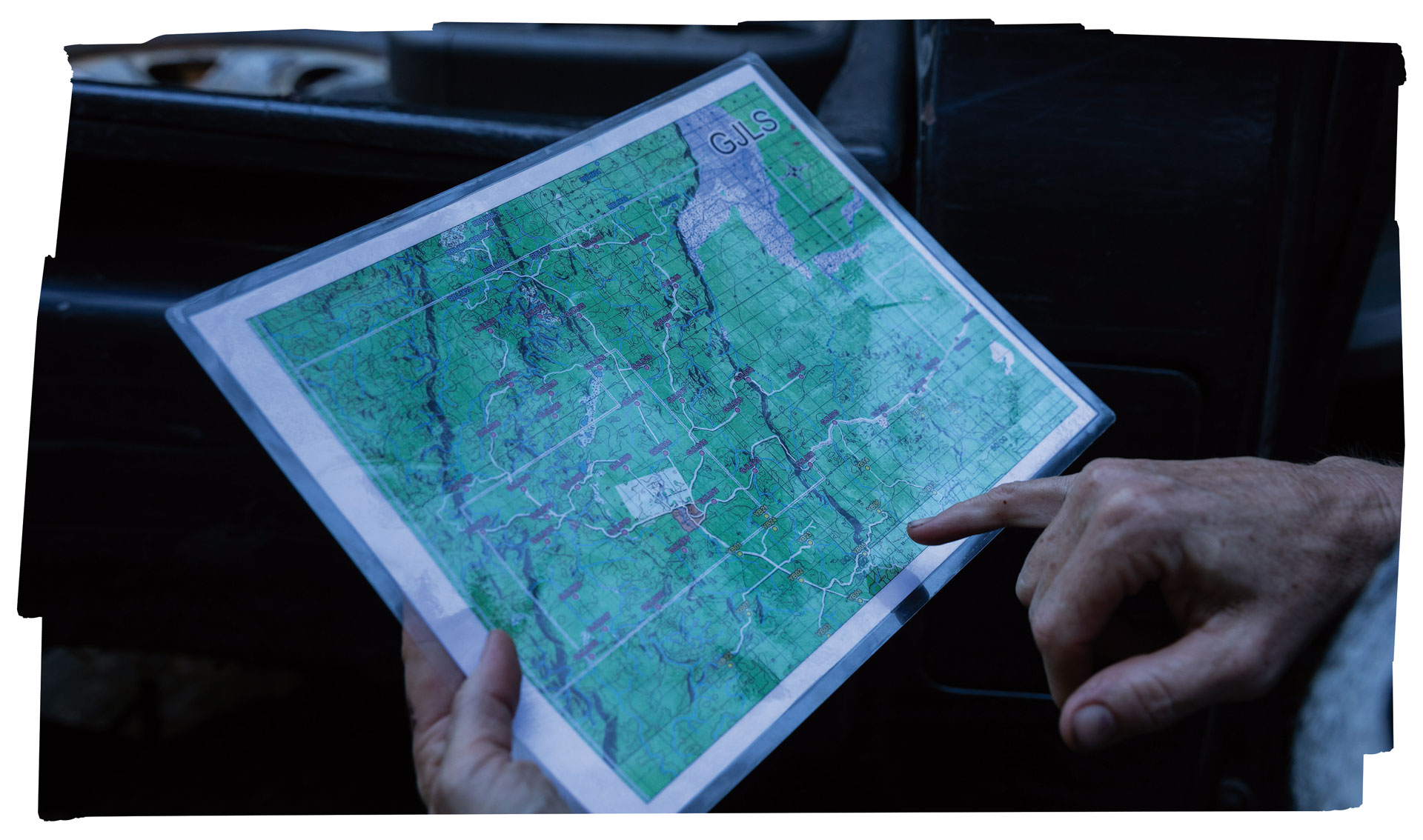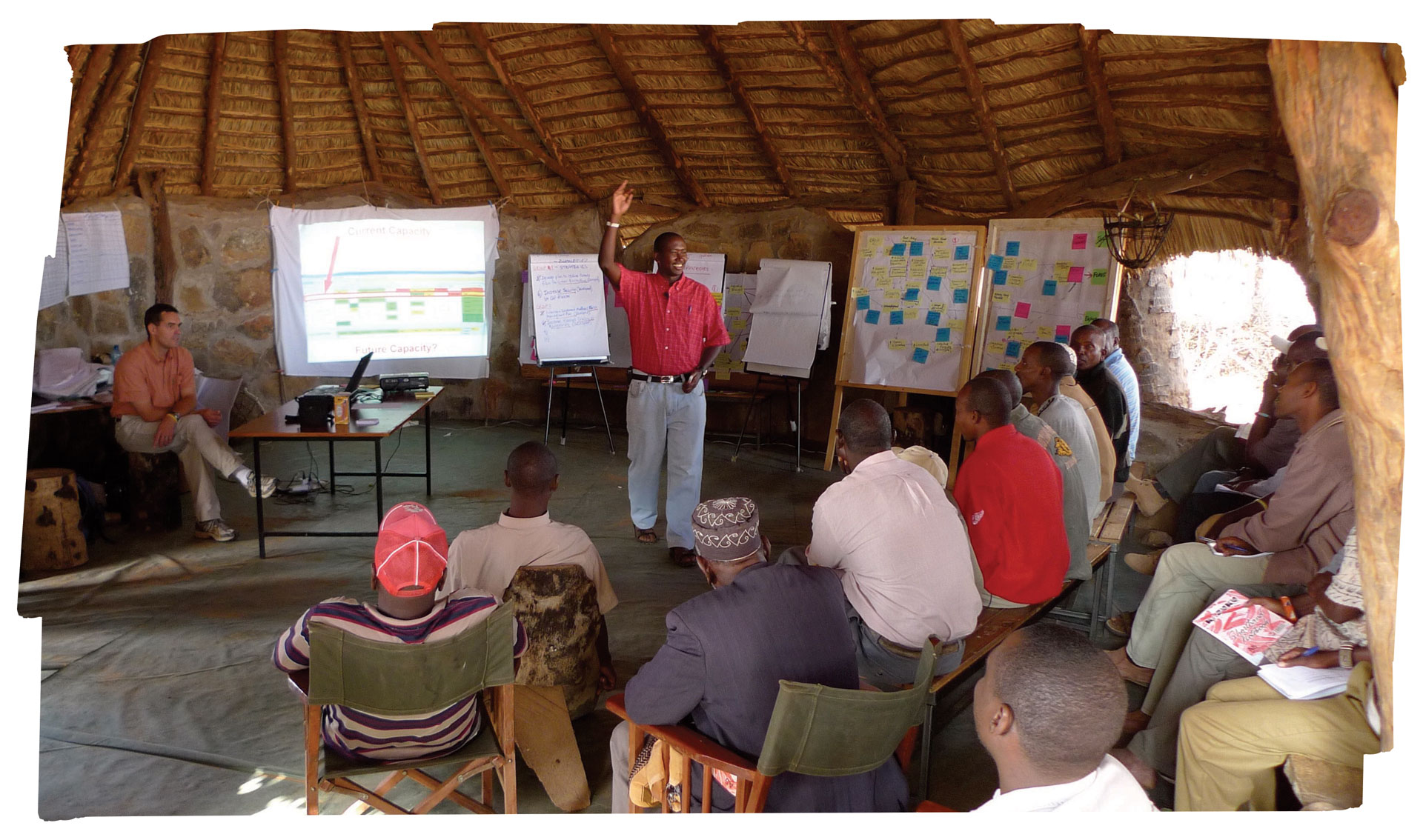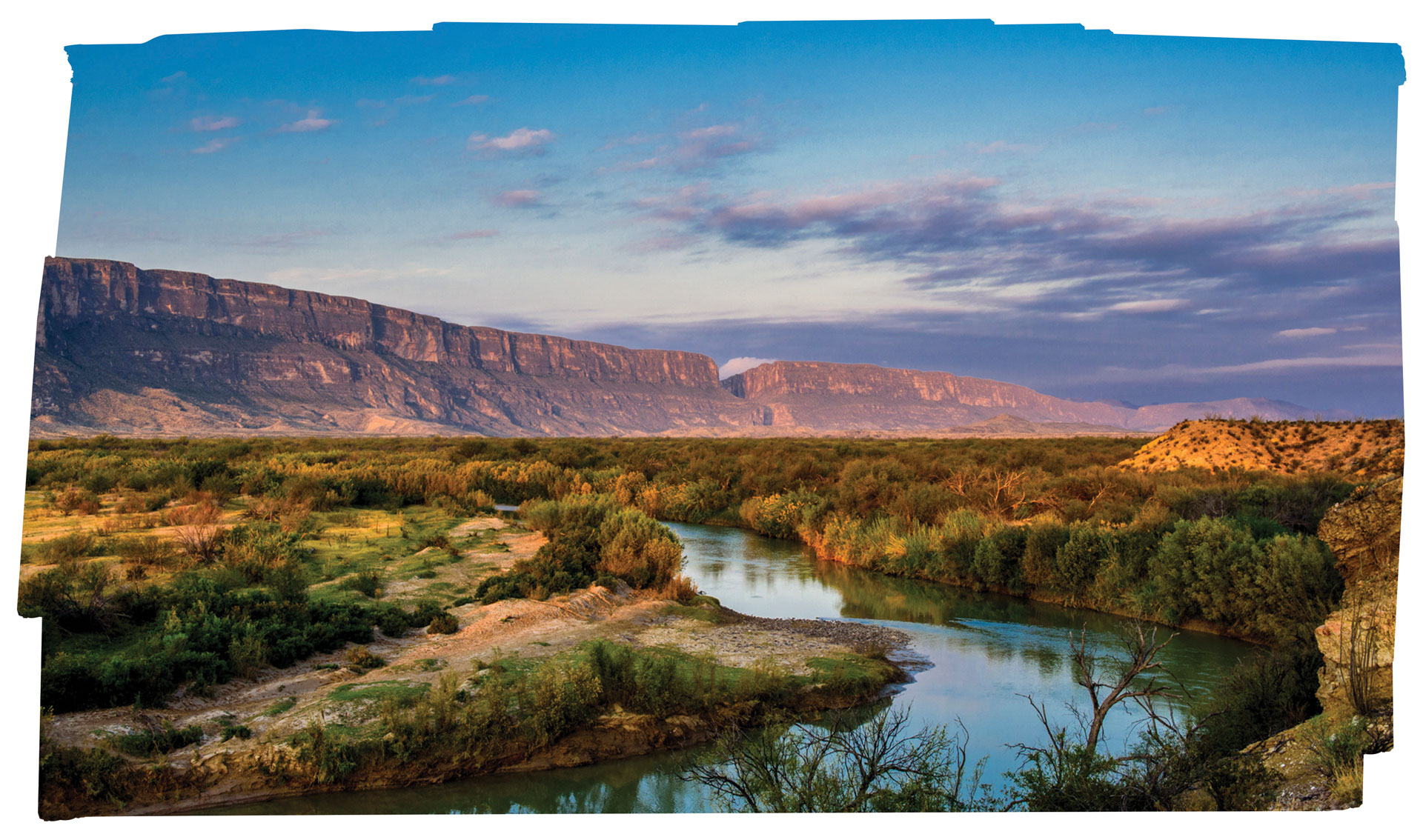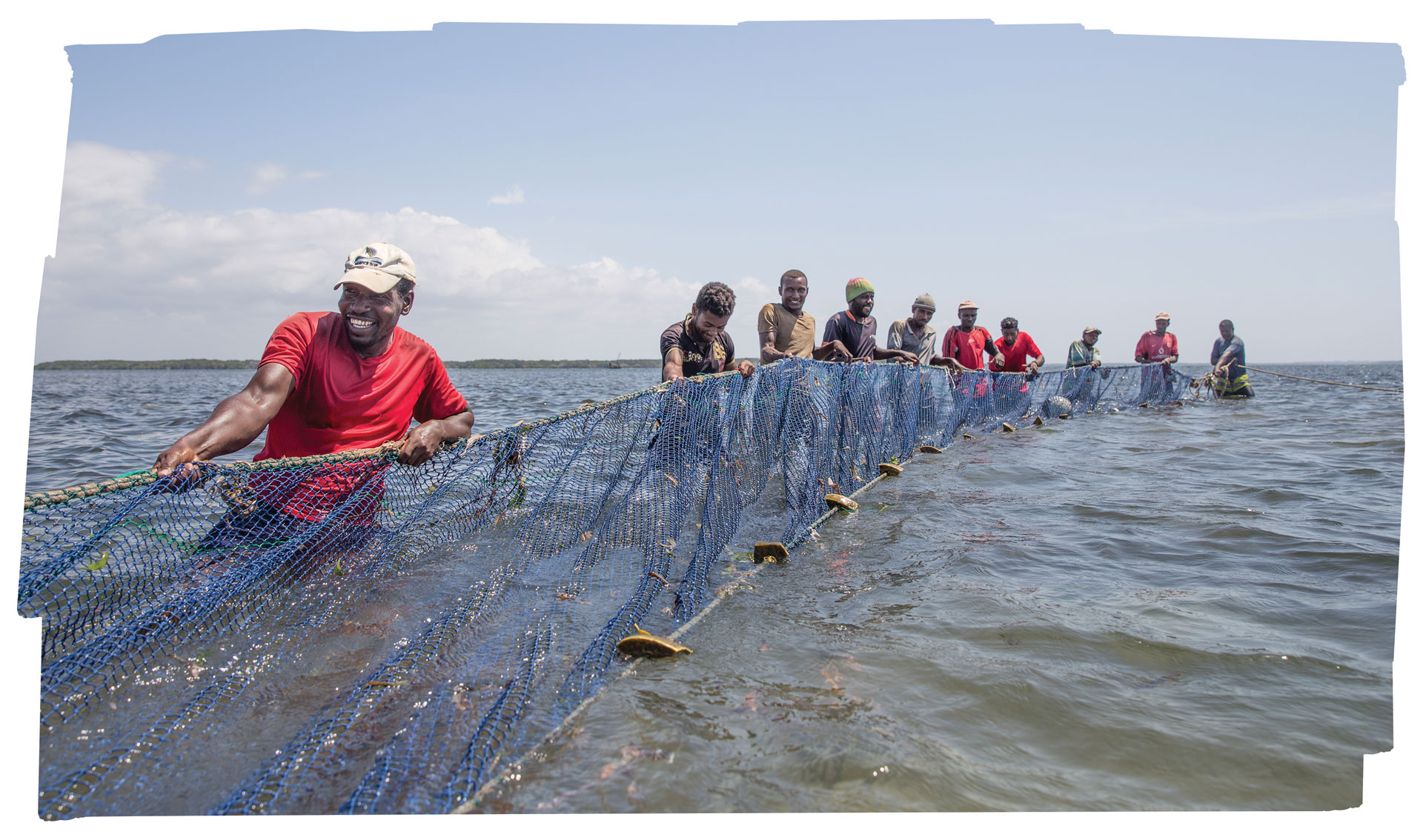Knowledge, Evidence, and Practice
KEY POINTS
- Formal recognition of rights can be important in certain contexts, but it does not always equate to secure rights. The type of property rights held, the knowledge by communities of their rights, their ability to exercise those rights, and the recognition and respect of rights by other actors all contribute to tenure security.
- Secure rights can help align incentives for sustainable use and management of lands, waters, and resources by enabling communities—including those with strong values and knowledge around stewardship and sustainability—to exert their voice and agency in management decisions.
- In general, tenure security is associated with both positive human well-being and environmental outcomes, but tradeoffs exist. Our knowledge about how tenure security intersects with other factors shaping sustainable use and management of resources is still growing, pointing to the importance of careful situation analysis and monitoring.
- Rights to coastal and freshwater resources are complex, evolving, and require extra considerations compared to land rights. The unique features of these resources directly contribute to the complexity of rights, governance, and security—and use rights are often more common than control rights in these contexts.
KEY TERMS
Property Rights—the authority to undertake particular actions related to a specific domain. Property rights include access, withdrawal (i.e., extraction), management, exclusion, alienation (i.e., title transfer), and due process and compensation. Property rights are often bundled into use rights (access, withdrawal) and control rights (management, ownership, exclusion, alienation).19
Collective Rights—Indigenous Peoples have collective rights that are indispensable for their existence, well-being, and integral development as peoples. In that regard, States recognize and respect the right of Indigenous Peoples to their collective action; to their juridical, social, political, and economic systems or institutions; to their own cultures; to profess and practice their spiritual beliefs; to use their own tongues and languages; and to their lands, territories, and resources. States shall promote, with the full and effective participation of Indigenous Peoples, the harmonious coexistence of the rights and systems of different population groups and cultures.20
Tenure Form—determines who can use what resources, for how long, and under what conditions.21 Some examples include public, private, communal, collective Indigenous or customary.22
Tenure Security—the perception or belief a rightsholder has that property rights will be upheld by society—including communities, the government, and other actors.23 It results from an interaction between tenure form, property rights, and institutions.
Property Rights
See “Tool 2: Tenure Rightsholder and Stakeholder Mapping” for a template to aid in identifying rightsholders and stakeholders in an area, along with whether rights are formally or informally held.
The factors that influence whether a person or community has tenure security are complex. Property rights dictate the type of actions that a rightsholder can take regarding lands, waters, or resources. Property rights include use rights—access and withdrawal—and control rights—management, exclusion, and the right to subdivide or sell19, 24—in addition to due process and compensation. The type of rights afforded to people and communities may differ within and across areas. For example, a community may have full use and control rights over grazing land and may allow access to that land by neighboring communities during certain times of the year or during drought. An area of a lake may be owned by the government, and communities living along the lake may have access and withdrawal rights (e.g., fishing) during the year, except during spawning season. An ocean area may be primarily open access, with traditional management rights recognized and upheld by local and neighboring communities, with access to the area only allowed depending upon the season or withdrawal rights allowed for only specific species.
Importantly, simply holding rights is not enough. These rights must be recognized and enforced (i.e., respected). Individuals, households, communities, businesses, and other stakeholders may informally recognize and enforce property rights even if these rights are not formally recognized by the government (i.e., de facto rights). Formally, the government may provide documentation and legal recognition of rights to the rightsholder (i.e., de jure rights). Depending on the context, communities may need both informal and formal recognition and enforcement, while in some instances informal recognition may be sufficient to provide tenure security for the time being. Whether formal rights are needed ultimately depends on whether the government or other actors uphold or contest the system. The interplay between formal and informal recognition and enforcement of property rights is a key factor in determining tenure security.
Tenure Security
See “Tool 3: Tenure Security Assessment” for a diagnostic to help understand tenure security in a particular context, as well as how it might be supported in partnership with Indigenous Peoples and local communities.
Tenure security is the perception or belief a rightsholder has that property rights will be upheld by society, including communities, the government, and other actors.23,25-26 It is ultimately a subjective view that people have over the rights to lands, waters, and resources, and is the interaction of property rights and the formal and informal institutions dictating use and access. As a result, it is possible to have tenure security without formal title—as mentioned above, people may feel very secure in their customary tenure if it is not challenged. For instance, there are few cases where legal title to water is held by individuals or communities, but many water users often feel they have security over access to and use of water. We often focus on tenure security because the perception of security over lands, waters, and resources is a key factor in the decisions people make about how to use and manage their property. For instance, if a rightsholder perceives that they have insecure tenure, they may be less likely to make long-term investments (e.g., manage their timber harvest sustainably, invest in soil and water conservation practices) because any benefits from these decisions would not be realized for years and there is no guarantee that rights would still be held at that time. In comparison, a rightsholder with secure tenure may have greater assurance that they themselves will benefit from any investments or resource use decisions because there is little worry of encroachment, conflict, or other actions that would result in losing use or control over the lands, waters, or resources. Simply put, the more secure communities are in their tenure, the more likely it is they will engage in sustainable use and management.27-30
Table 2: Illustrative examples of common tenure security issues and activities one might pursue to address them.27 A full risk assessment is necessary to understand the potential unintended consequences of tenure security actions (such as increased conflict or retaliation) since rights can be contentious. Ultimately, the appropriateness (and likelihood for success or failure) of any strategy to strengthen tenure security will depend on the context, source and drivers of insecurity, and enabling conditions. See Tool 3 for more information.
| Tenure Security Issue | Example Activities to Strengthen Tenure Security |
|---|---|
| Communities hold informal or customary rights, but these are not recognized or upheld by the government or other actors | Mapping and planning support, legal aid to navigate legal and bureaucratic systems, coupled with capacity-building to exercise rights, and pursuing government support in recognizing and enforcing community rights |
| Communities hold formal rights but are unaware of these rights | Awareness raising campaigns, coupled with capacity-building to exercise rights |
| Communities hold and are aware of formal rights but do not know how to exercise them | Legal aid to navigate legal and bureaucratic systems, coupled with capacity-building to exercise rights |
| Multiple actors exercising formal and informal rights or claims over the same lands, waters, or resources | Facilitating conflict resolution between rightsholders, legal aid to clarify rights, and pursuing government support in enforcing community rights |
| Legal instruments exist for communities to pursue formal rights, but they do not hold formal rights | Mapping and planning support, legal aid to navigate legal and bureaucratic systems, coupled with capacity-building to exercise rights |
| No legal instruments exist for communities to pursue formal rights | Policy advocacy in support of regulatory reform |
Tenure Form
See “Tool 3: Tenure Security Assessment” for a diagnostic to help understand tenure security in a particular context, as well as how it might be supported in partnership with Indigenous Peoples and local communities.
Tenure form determines who can use what resources, for how long, and under what conditions.21 For example, there may be restrictions or limitations on property rights that impact which specific resources those rights apply to (e.g., rights to manage one species but not another), and for how long those rights apply (e.g., rights that are maintained until they are transferred vs. a time-limited lease). This needs to be considered in determining how secure rights are. For example, if a community has use and control rights to a forest for 20 years, but subsurface rights were leased to a company in a mineral-rich area, the communities may not feel and be secure in their rights.
In the contexts where Indigenous Peoples and local communities reside, there may be some mix of public, private, communal, collective Indigenous, and/or customary tenure form. In cases where Indigenous Peoples have been stripped of their communal or collective tenure, we often work in partnership to restore this tenure (e.g., repatriation of private lands, waters, or resources to communal or collective tenure; policy advocacy for the creation of Indigenous protected areas) or restore and support Indigenous and local community authority. In public, communal, and collective tenure forms, resources are often common pool—in that many have use rights (i.e., access and withdrawal/extraction) without the easy ability to exclude people (e.g., coastal fisheries, forests, grasslands, and aquifers). In these cases, it can be important to clarify who or what determines control rights (particularly management and exclusion rights) if the context allows, and strengthen common pool governance systems (covered in next section), particularly in the absence of a strong stewardship ethic or in the presence of diverse sets of actors or strong economic drivers.
Emerging Evidence
The logic behind why and how strengthening tenure security can lead to overall positive benefits is clear: securing tenure can reduce uncertainty, provide clarity in who has say in use and management decisions, identify who will benefit from the lands, waters, and resources, and be a key component in unlocking capital (e.g., providing access to credit, empowering rightsholders to take part in decisions).31-34 However, in general there is greater evidence that strengthening tenure security is positively associated with human well-being outcomes compared to environmental outcomes, and recent systematic reviews indicate that evidence on environmental outcomes across biomes, populations, countries, and other factors is inconsistent.27 For example, there are cases of top-down titling programs that have led to undesirable outcomes such as greater conflict and greater tenure insecurity because they ignored or were incongruent with customary institutions and natural resource governance systems.35
Because evidence is still emerging on the likelihood of whether strengthening tenure security will lead to positive environmental and human well-being outcomes, careful monitoring is needed to avoid or address unintended consequences. For example, strengthened tenure security can increase incentives to make long-term land investments, but this may lead to greater investment in agriculture or infrastructure than in sustainable land management or protection.27 On the other hand, areas where communities have greater tenure security may see reduced deforestation by incentivizing benefits accrued from forests through other means, such as payment for ecosystem services.36 For aquatic systems, secure tenure—which clarifies who has rights to certain water or aquatic organisms and when—can set the stage for negotiating extraction and use agreements, as well as how rightsholders will monitor and enforce these agreements.37 In coastal areas, establishing rights-based management systems for fisheries can lead to positive impacts on fish stocks and variable social and economic outcomes. However, this may not be adequate to address the broader environmental impacts of fishing, for example on non-target or protected species as well as the surrounding ecosystem.38-39
Special Considerations for Rights in Freshwater and Coastal Contexts
Because of their fluid nature, freshwater and coastal resources are less likely to be “owned” like land or other properties. Rather, it is necessary to look at who holds different (and often overlapping) “bundles of rights,” including use rights and control rights, and how rights to water are tied to rights to land. For example, with many freshwater resources, the scale of rights and management of resources does not match the ecological scale of the systems (e.g., rivers often cross multiple political boundaries). Further, even if a community has rights to use or manage a freshwater resource, if the resource is depleted upstream, they may never be able to exercise these rights. As a result, it is critical to carefully assess how the characteristics of freshwater and coastal resources can create challenges or opportunities for tenure security, and the various threats to tenure security that can stem directly from the characteristics of a particular natural resource. Rights alone do not guarantee the ability to use or benefit from freshwater and coastal resources. Many water bodies have been over-allocated, so rights exceed the available resources (e.g., freshwater withdrawal rights, coastal fishing rights). In the freshwater context, this is exacerbated during drought years. Similarly, many water bodies are contaminated, making the available resources unusable for some purposes. For this, it is important to take power dynamics between freshwater and coastal resource users into account because imbalances can prevent certain groups from asserting their rights.











